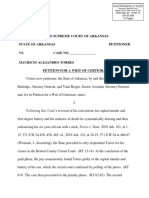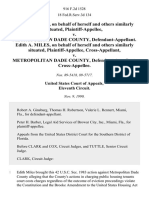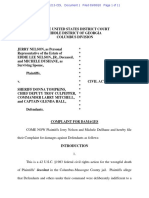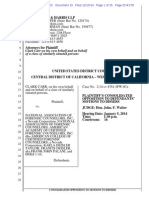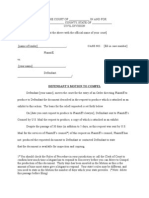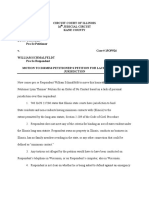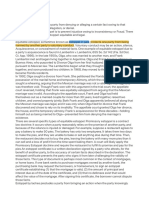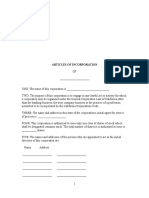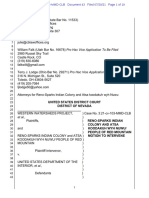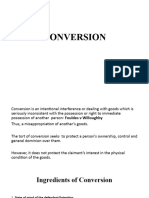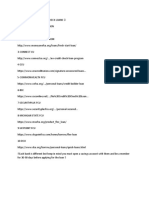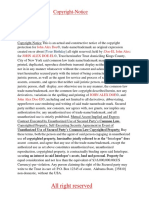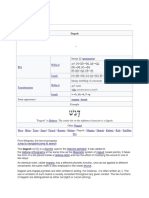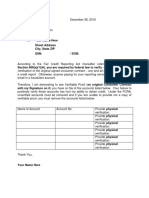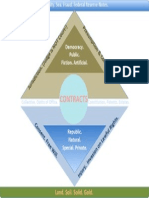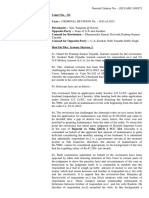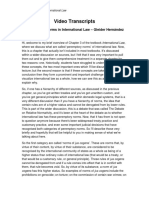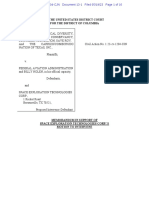100% found this document useful (2 votes)
313 views3 pagesCause of Action For Conversion of Property
This document discusses the tort of conversion of property under Texas law. It provides that conversion of property protects ownership and possessory interests in personal property from unlawful interference. The elements of conversion include that the plaintiff owned or possessed the property, the defendant exercised unauthorized control over the property inconsistent with the plaintiff's rights, the plaintiff demanded return of the property and the defendant refused, and the plaintiff was injured. Remedies for conversion include return of the property plus damages for loss of use during detention or the fair market value of the property at the time of conversion.
Uploaded by
Gee PennCopyright
© © All Rights Reserved
We take content rights seriously. If you suspect this is your content, claim it here.
Available Formats
Download as DOCX, PDF, TXT or read online on Scribd
100% found this document useful (2 votes)
313 views3 pagesCause of Action For Conversion of Property
This document discusses the tort of conversion of property under Texas law. It provides that conversion of property protects ownership and possessory interests in personal property from unlawful interference. The elements of conversion include that the plaintiff owned or possessed the property, the defendant exercised unauthorized control over the property inconsistent with the plaintiff's rights, the plaintiff demanded return of the property and the defendant refused, and the plaintiff was injured. Remedies for conversion include return of the property plus damages for loss of use during detention or the fair market value of the property at the time of conversion.
Uploaded by
Gee PennCopyright
© © All Rights Reserved
We take content rights seriously. If you suspect this is your content, claim it here.
Available Formats
Download as DOCX, PDF, TXT or read online on Scribd
/ 3
